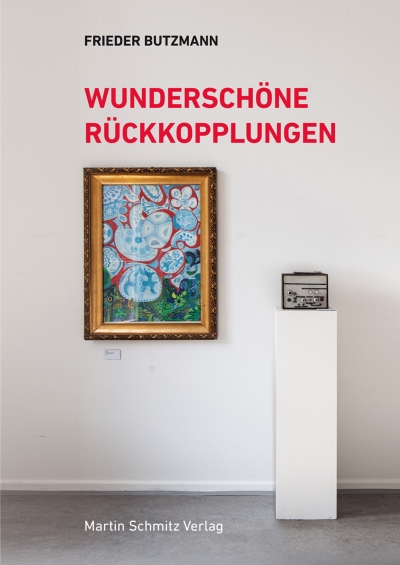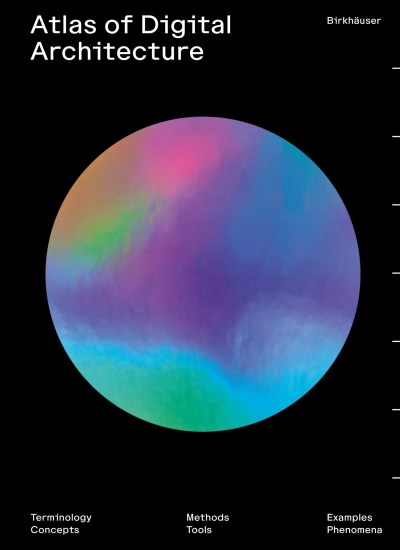
The One and the Many. Contemporary Collaborative Art in a Global Context
Collaborative and collective art practices have proliferated around the world over the past fifteen years. In The One and the Many Grant Kester provides an overview of the broader continuum of collaborative art, ranging from the work of artists and groups widely celebrated in the mainstream art world, such as Thomas Hirschhorn, Superflex, Francis Alys and Santiago Sierra, to the less publicized projects of groups such as Park Fiction in Hamburg, NICA in Myanmar, Ala Plastica in Argentina, Huit Facettes in Senegal, and Dialogue in central India. The work of these groups often overlaps with the activities of NGOs, activists, and urban planners. Kester argues that these parallels are symptomatic of an important transition in contemporary art practice, as conventional notions of aesthetic autonomy are being re-defined and renegotiated. He describes a shift from a concept of art as something envisioned beforehand by the artist and placed before the viewer, to the concept of art as a process of reciprocal creative labour. The One and the Many presents a critical framework that addresses the new forms of agency and identity mobilized by the process of collaborative production.
"The One and the Many is brilliant, innovative, and brave, offering important insight on the intersection of art and politics. It complements the growing research into situational, collaborative, 'global' art projects but offers something new and stimulating by considering these works in relation to a loosely Marxian understanding of labor relations and through close readings of how they actually function over time. It develops new ways of thinking that should have a huge impact on debates in the field." Amelia Jones, author of Self Image: Technology, Representation, and the Contemporary Subject "In this comprehensive study, Grant H. Kester reminds us that the role of the avant-garde is always to question the nature of art's identity and that that identity is also always in-process. Within this evolving continuum, many contemporary artists now define their work collaboratively. The One and the Many examines this phenomenon, providing the necessary philosophical, theoretical, and historical depth to position such practice as the essential art 'work' of the twenty-first century." Carol Becker, author of Thinking in Place: Art, Action, and Cultural Production "This engaging, intelligent, and timely book is the next salvo in an ongoing debate about the way 'collaboration' is understood in contemporary art. Grant H. Kester's provocative arguments take the debate in new directions, transforming its focus and quality." Jennifer Gonzalez, author of Subject to Display: Reframing Race in Contemporary Installation Art

































































































